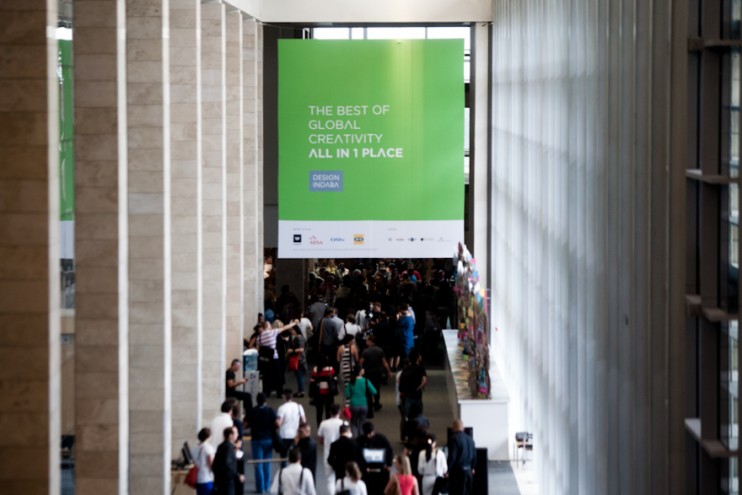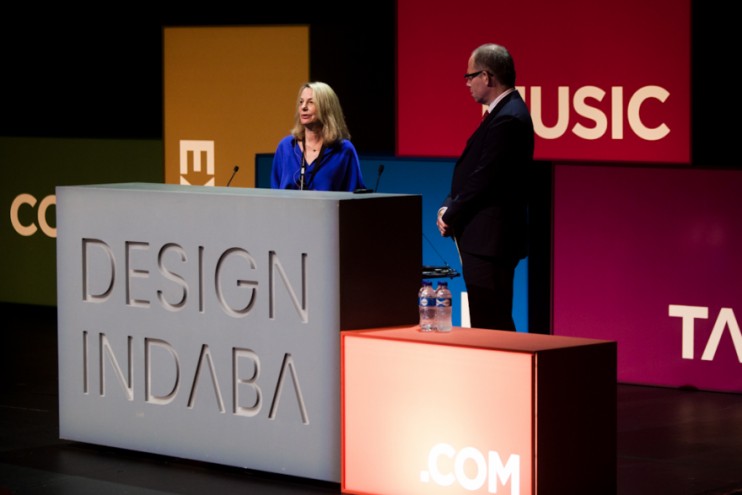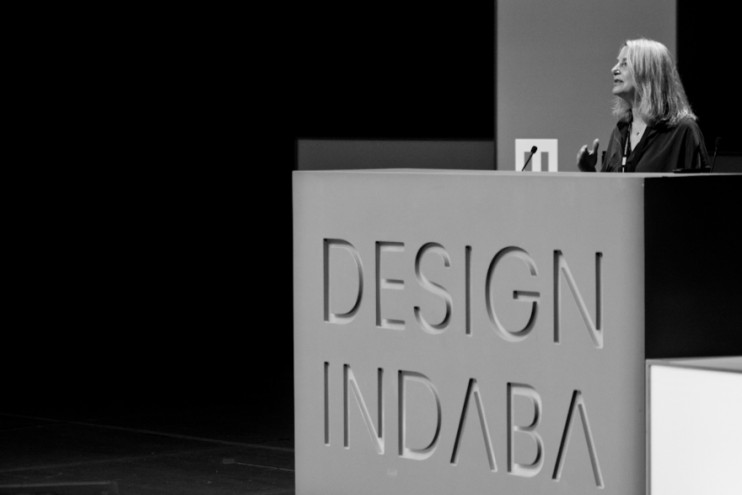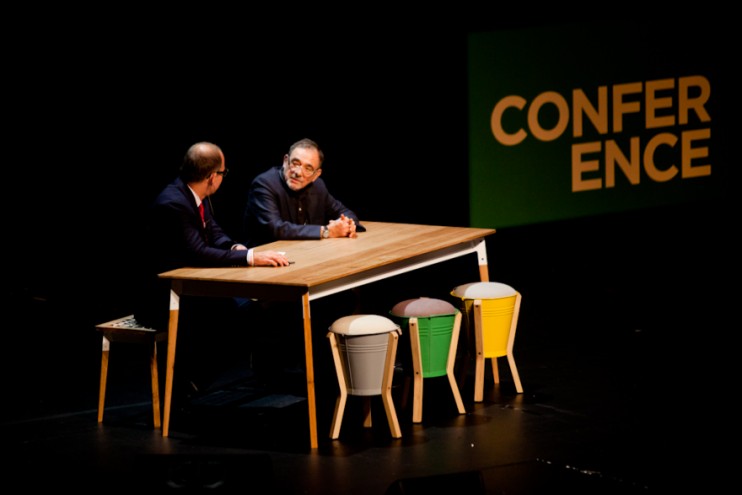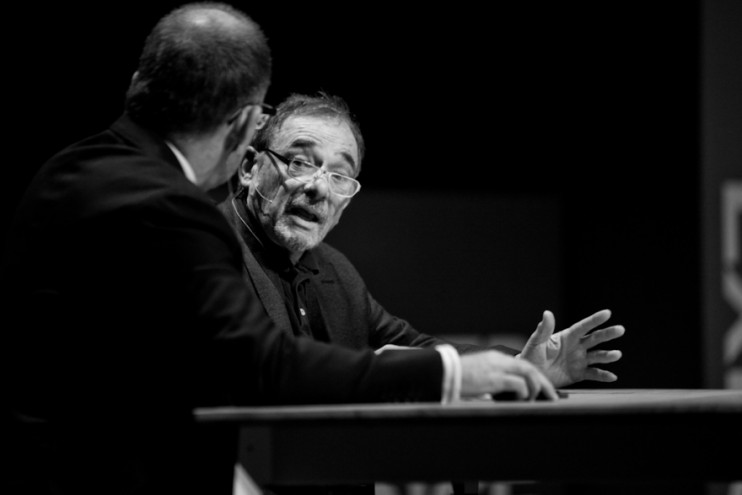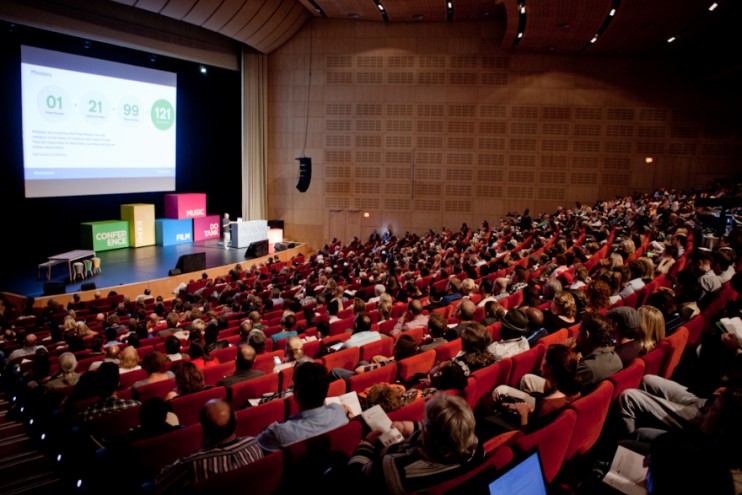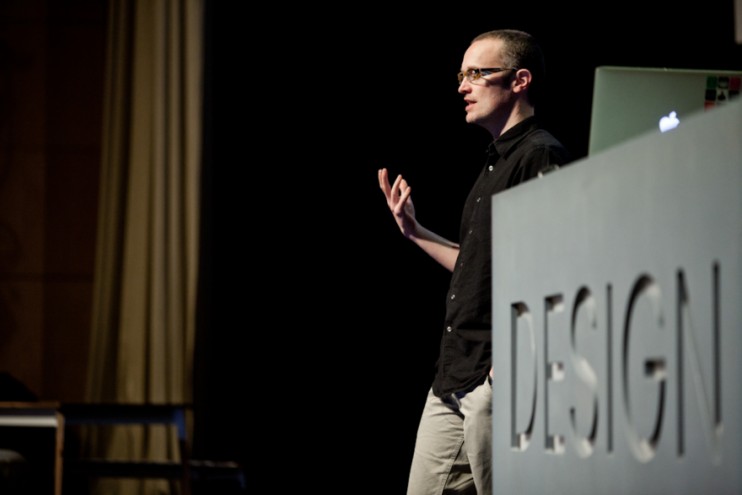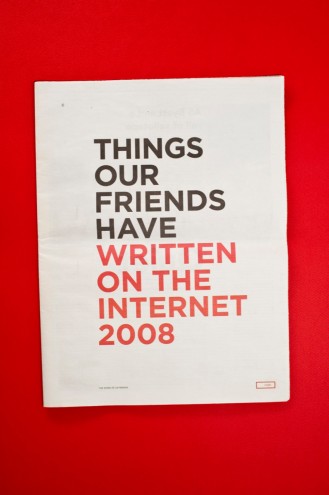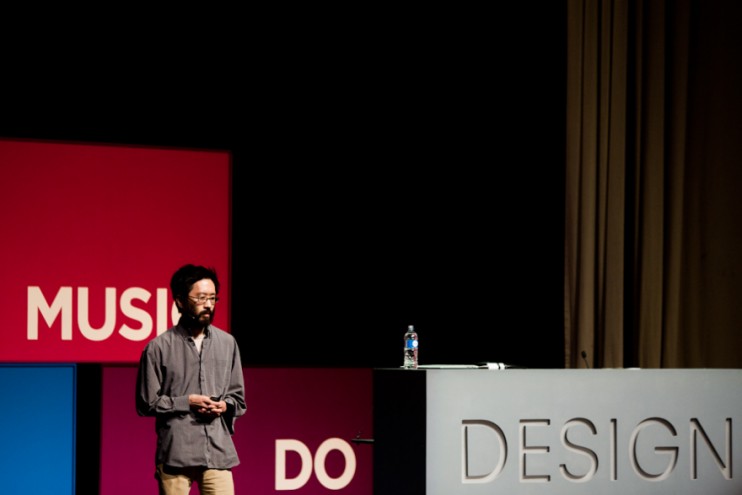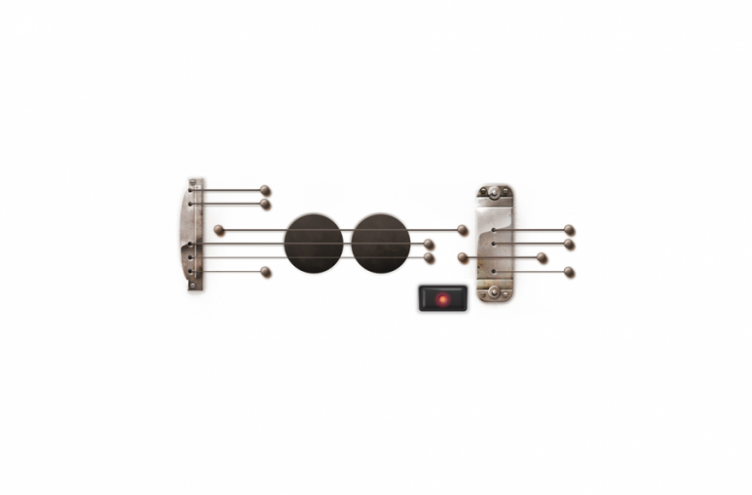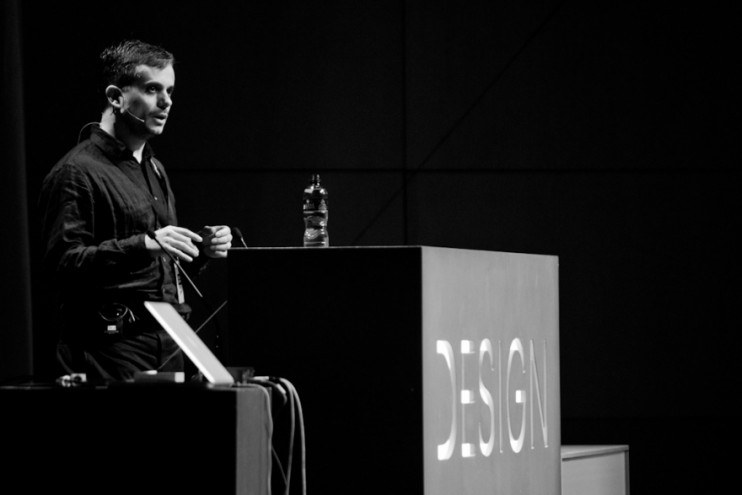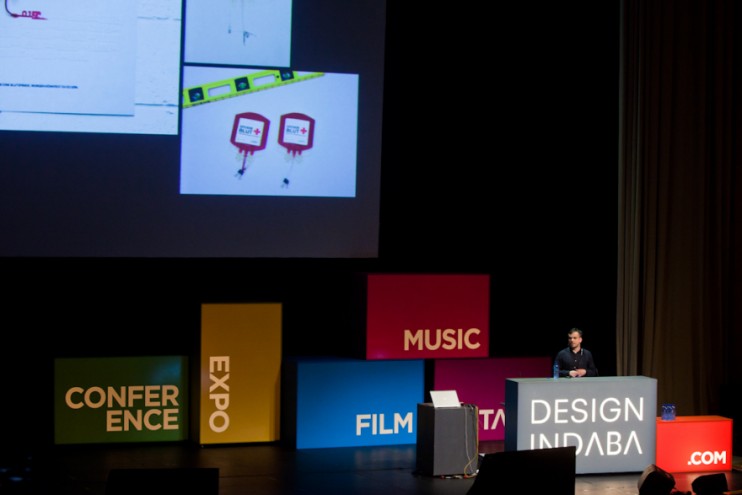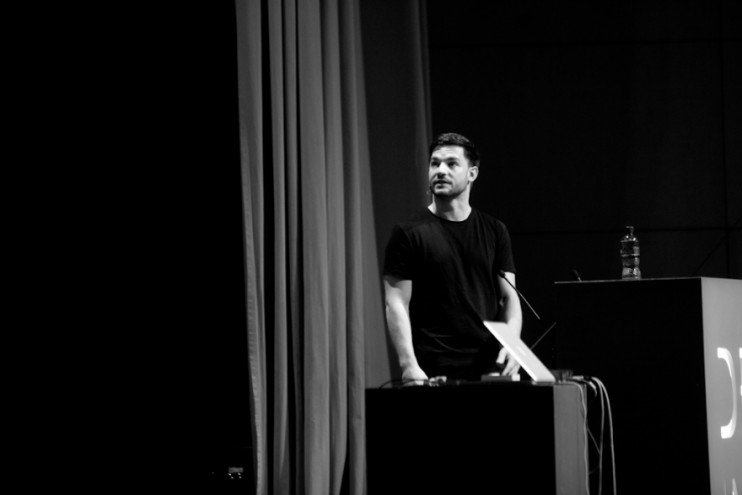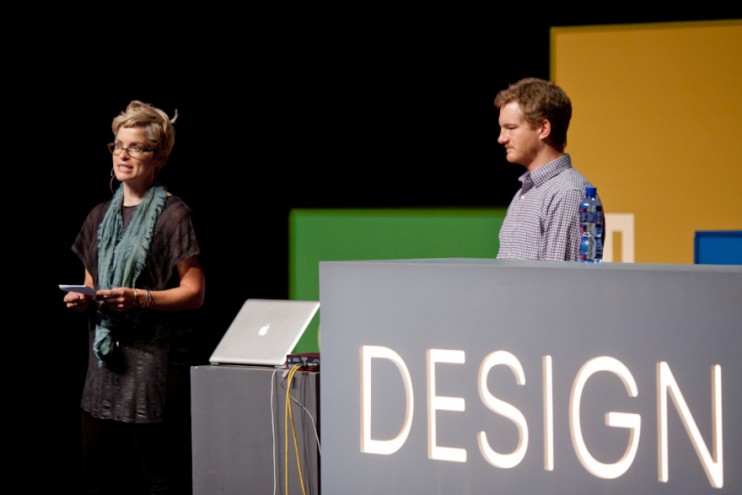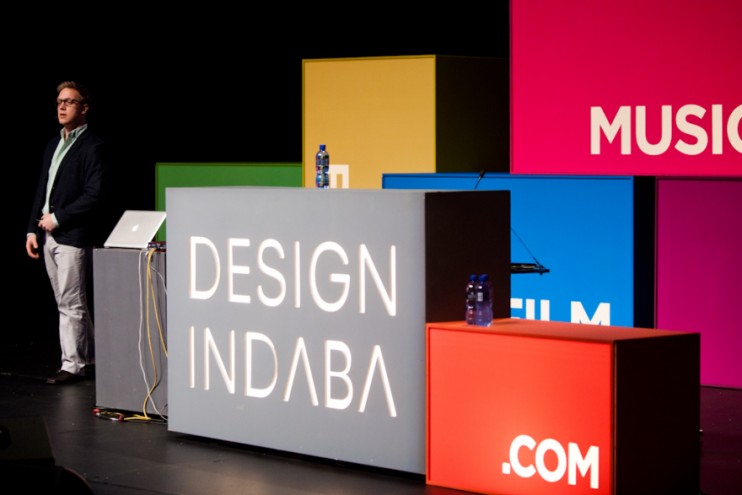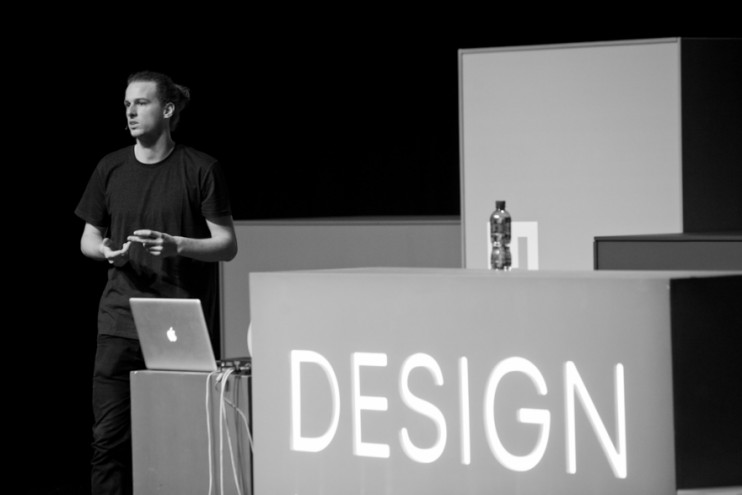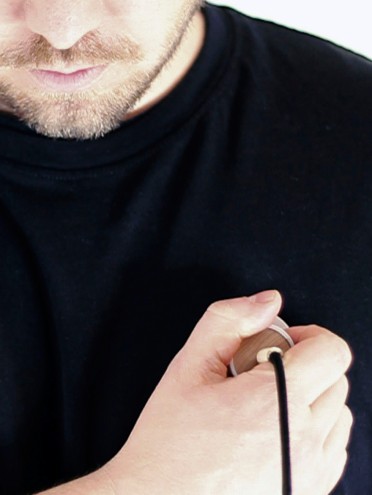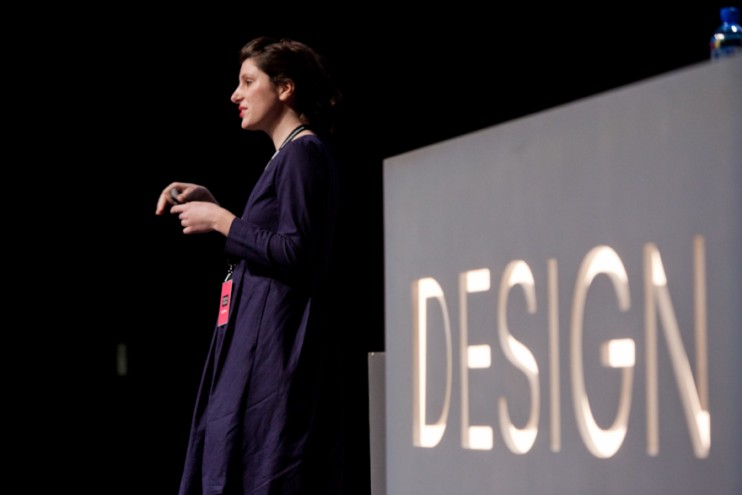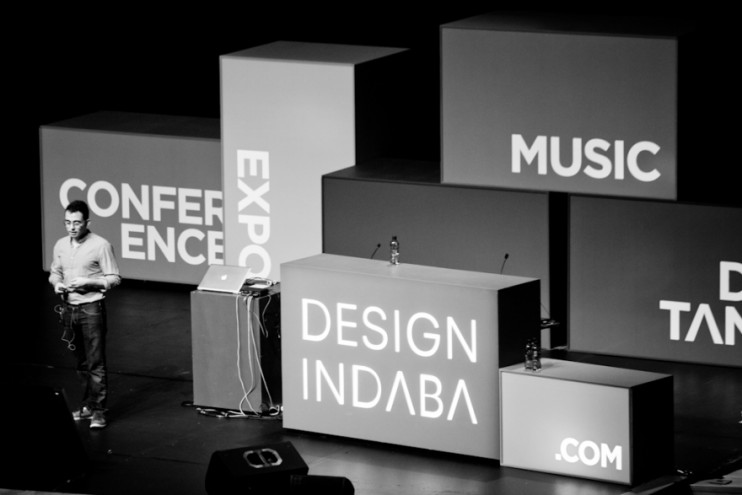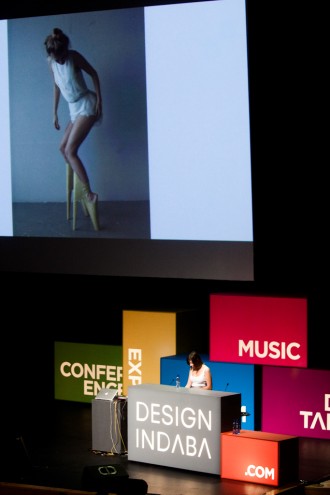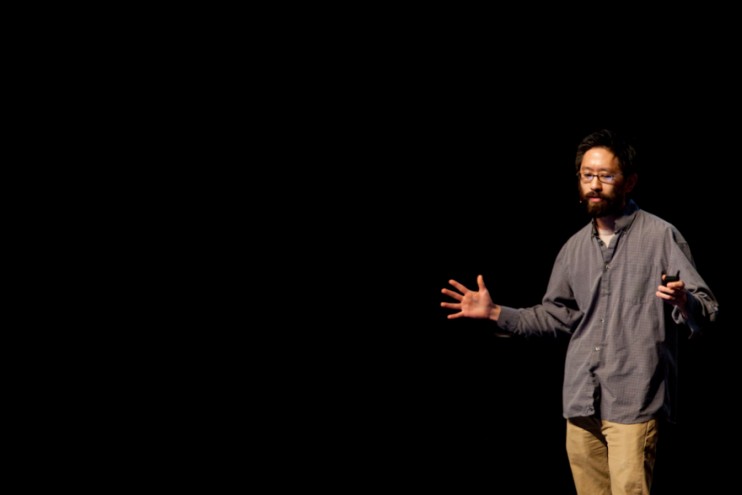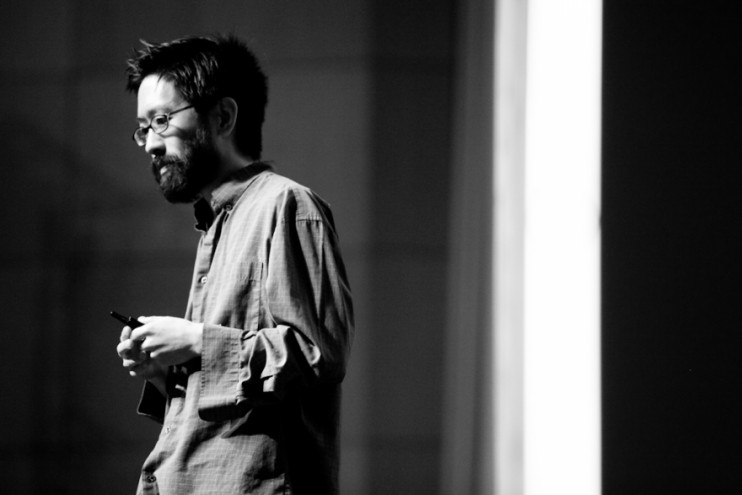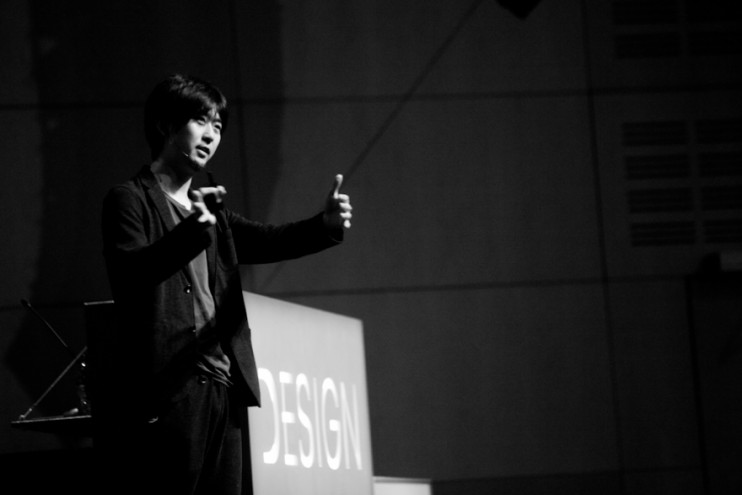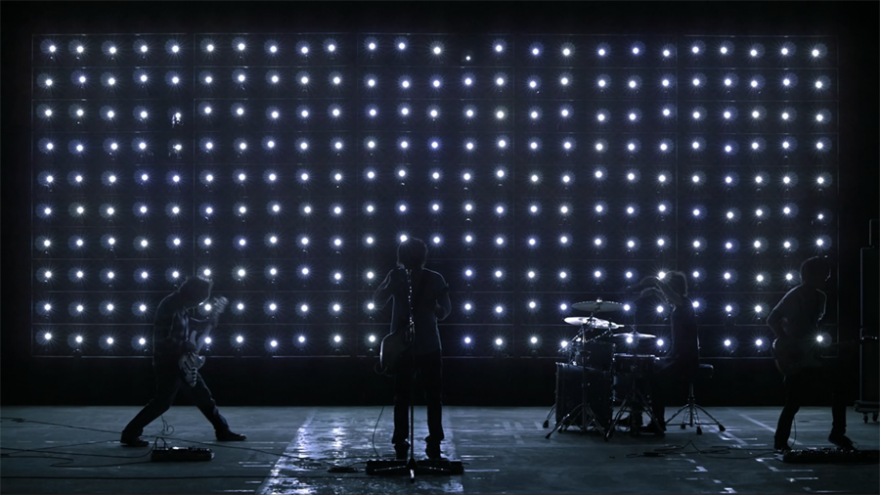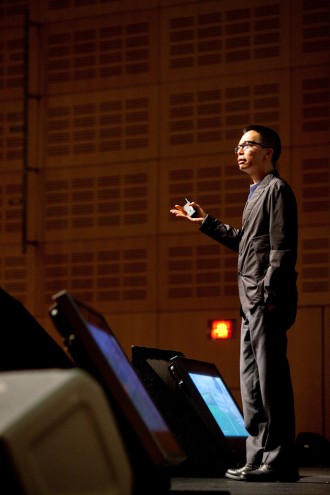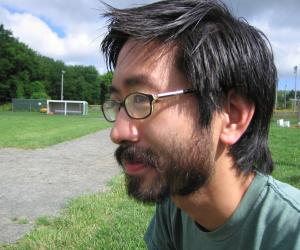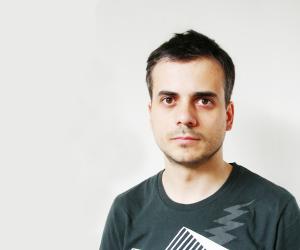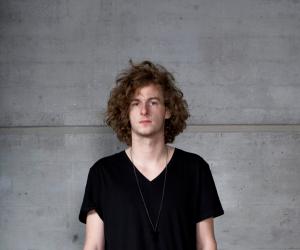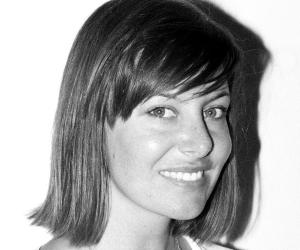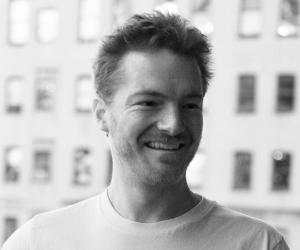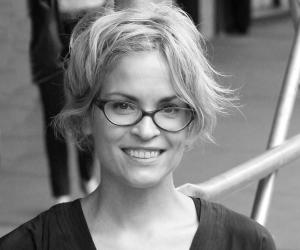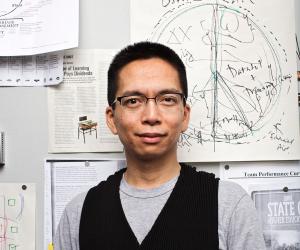Design Indaba Conference kicked off on Wednesday 27 February with Michael Bierut MCing for the fourth time. Bierut, a partner at Pentagram in New York, is also a past speaker and a very good friend of Design Indaba. He's a crowd favourite, being the subject of Tweets like @beanbagboy's "I can't imagine @DesignIndaba without Michael Bierut". Next up was Michelle Constant, CEO of Business Arts South Africa, exuberant as ever.
The final MC for the week is Twitter personality Khaya Dlanga, Senior Communications Manager for Coca-Cola South Africa and also the author of In My Arrogant Opinion. He's MC'ing Design Indaba for the second time this year and his quirky humour certainly has its charm.
The welcome address was by new Design Indaba partner AngloGold Ashanti's Senior Vice President, Yedwa Simelane. AngloGold Ashanti also supplied the gold for the Design Indaba medallions presented to each speaker at Design Indaba Conference 2013.
And then the conference kicked off! Here's a summary of the day’s highlights, in order of speaker appearance:
Paula Scher
Graphic designer Paula Scher specialises in environmental graphics. Whether the walls are exterior or interior, she'll always do something with a big bold typeface that would transform any building from run-down or old-fashioned to something of a contemporary landmark.
Scher based her presentation on maxims that she's gained from her works – the likes of "What creativity really is, is a small defiant act of misbehaving," and (in reference to her work on Microsoft's Windows 8) "Not being able to get groups of people to behave insures a better result."
We've seen Scher speak a number of times in the last few years (What Design Can Do 2012, AGI Barcelona, AGI Hong Kong) and yet her presentations are always fresh and her work shown in a new perspective each time. After Design Indaba 2013, we remain her number-one fans.
Seymour Chwast in conversation with Michael Bierut
At Design Indaba we love to honour true legends, and design veteran Seymour Chwast (also husband of Paula Scher) has held sway over the graphic design industry for more than half a century. At the conference he sat down with Michael Bierut, and conversed around Chwast's work, in a way that was so comfortable and familiar that as an audience it felt like one was eavesdropping on a pair of old buddies having a chinwag. There were references to Hieronymus Bosch and his influence on Chwast's work, how Chwast hadn't been a true-blue hippie in the sixties and seventies but had had long sideburns, and quite a number of innuendos and chuckles about the sexual nature of Chwast's work. A highlight was his book of breasts and puns – with such examples like "Bra Bra Black Sheep", an illustration of a woman with a sheep-head brasierre. We're hoping his next piece is called "Design Indabra".
Ben Terrett
Ben Terrett is Head of Design at the UK government’s Cabinet Office, and – as MC Michelle Constant joked – that's not the name of a hip new agency but literally a government department. Terrett's fascinating talk and equally compelling work speaks incredibly highly of the UK government's headspace; albeit under Terrett's guidance as it is clear that he has brought a vitality to his workplace, and an accessibility to government services, that is heartening to see in this environment (so perhaps it says more of Terrett than it does of the government). A central point was the fact that all government digital services are being migrated to one place – gov.co.uk – and that content was being cut down unsparingly because "government should only tell you how to do what government knows how to do" (with many humorous examples, like that their old website had advice on bee-keeping and the identification of waves). Government work has never been this sexy.
Alexander Chen
Alex Chen works for Google Creative Lab – and he makes it sound like the best job in the world! What's special about Chen's work is his wonderful integration between digital geek stuff and music – he, for example, created the Les Paul doodle, and a number of fascinating projects that involve using motion to create sound, if not music. "What is the sound of a scribble?" he asked – and went on to show us. Khaya Dlanga was overheard saying "it sounds beautiful", and the crowd thought so too, as it led to a highly enthused round of applause.
Chen finished off talking about Google Glass, which is no doubt an impressive project, but not one unfamiliar to an audience of this type. People seemed quite excited about speculating if that was indeed Jessica Hische (speaking on Thursday) featured prominently in the ad. One Google search later and this writer is still not convinced. As far as Chen goes, on the other hand, we're sold.
Oscar Diaz
Product designer Oscar Diaz takes the everyday and makes it spectacular. Pertinent to his talk was a reference to Georges Perec's advice to "question that which seems to have ceased forever to astonish us". That, and the fact that his work lies at the intersection of culture and commerce were at the crux of his presentation. Examples of work, like his ink calendar – wherein ink travels through paper in real time to colour the numbered days on a calendar, one day at a time – show how a simple twist in a familiar object or experience can serve to delight and inspire.
Pecha Kucha graduates
Eight graduates from the major illustrious design schools spoke in Pecha Kucha format. This blue-sky laboratory comprised Joschua Brunn (ECAL), Howard Chambers & Bland Hoke (Parsons New School for Design), Michael Grigoriev (Carleton University), Marguerite Humeau (Royal College of Art in London), Wael Morcos (Rhode Island School of Design), Pieter-Jan Pieters (Design Academy Eindhoven) and Leanie van der Vyver (Gerrit Rietveld Academy). Crowd favourites were Pieters (who mixed a live track based on his project "Sound on Intuition" that translates body movement into sound), Van der Vyver (with her Limp Shoe that enforces "gangster swag" and her Scary Beautiful Shoes that went viral), and Hoke and Chambers (who said “cities work best when they are designed for people", with a simple yet effective example of attaching boards to scaffolding and creating sidewalk tables, to give new utility to these structures). A standout quote came from Cape Town-based Van der Vyver: "Design is a gateway drug to more sophisticated forms of communication, like art." Not sure what the audience interpreted from that.
Masashi Kawamura
"Masa" Kawamura was all about the creative process, and his work had huge audience appeal. "By making things differently, you'll get something different," he said. No brainer? Not immediately, and so he proceeded to show just how changing the creative process, and creating your own tools, served to benefit the work – making it that much more original, inspiring, and hands-down impressive. Whether it was making a crowd-sourced music video using Skype interactions, or making sperm dance to music in formations akin to synchronised swimming, Kawamura showed just how crucial the design process is to the final product.
John Maeda
It's unlikely any speaker on the lineup today would be offended by the statement that Maeda was the smartest person on stage today – if not the room. As Bierut commented afterward – at each presentation at a conference like this, you hope to come away with one gem of a quote, and yet every line out of Maeda's mouth was one such gem. Maeda's goal is to add the “A” for “Art” to STEM (Science, Technology, Engineering, Math), making it STEAM. The focus of his talk (in light of his position as President of Rhode Island School of Design) was "How do creative people lead?" and what followed was an intriguing discussion on the differences between traditional and creative leadership; and how it's possible to find a happy medium between the two. Maeda's much-anticipated talk did not disappoint and left the Design Indaba 2013 crowd on a decidedly high note, ready to dive into Day 2 tomorrow.

